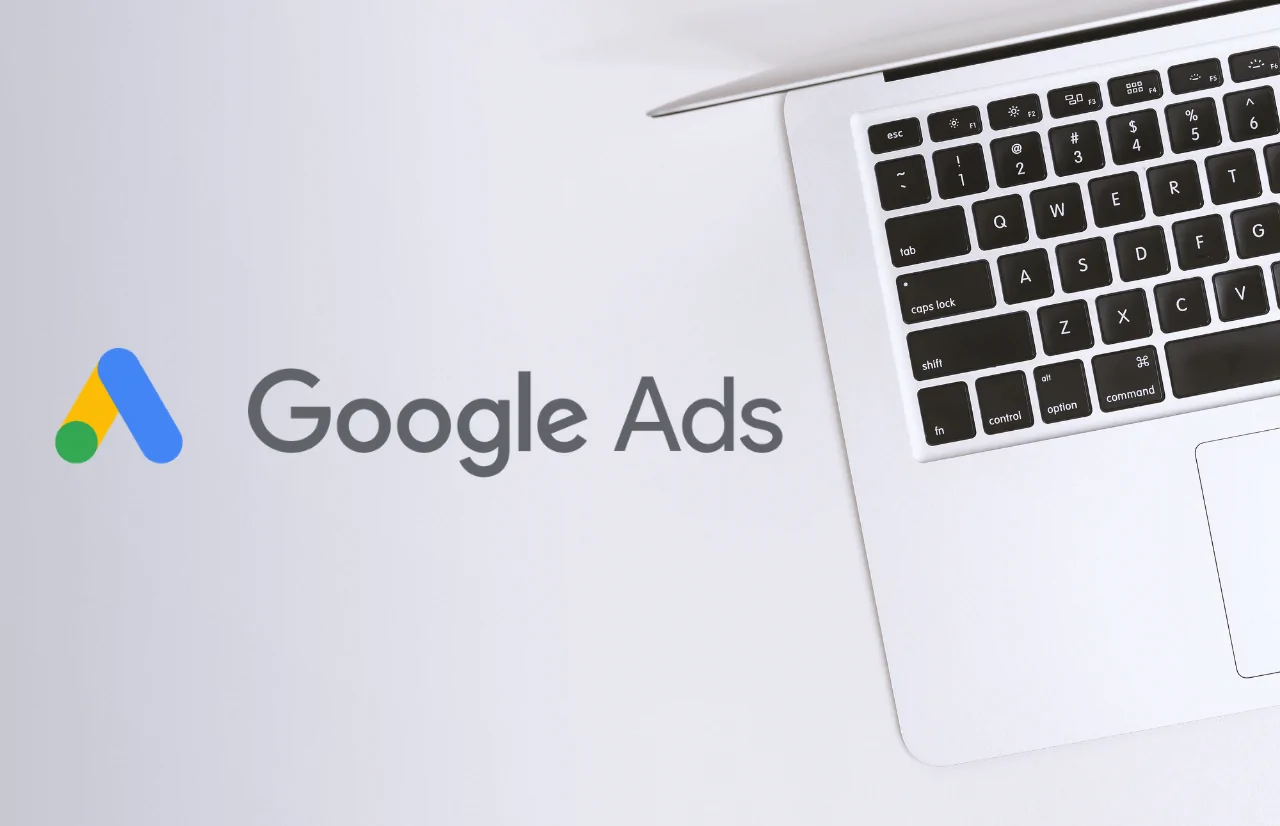In the ever-evolving world of digital marketing, Google Ads stands out as one of the most effective platforms for driving traffic and generating leads. With over 3.5 billion daily searches, leveraging Google Ads can significantly enhance your online presence. If you’re new to Google Ads or looking to refine your strategy, this guide will help you get started.


